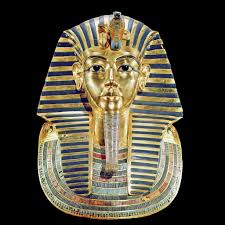Predynastic Egypt, Old Kingdom, New Kingdom
1/8
There's no tags or description
Looks like no tags are added yet.
Name | Mastery | Learn | Test | Matching | Spaced |
|---|
No study sessions yet.
9 Terms
Palette of King Narmer Hierakonpolis, Egypt, c. 3000–2920 BCE. Predynastic Egypt. Siltstone ceremonial palette uniting Upper and Lower Egypt.
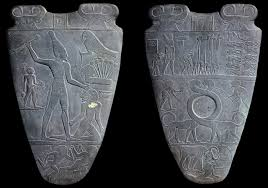
Great Pyramids, Gizeh, Egypt, c. 2551–2472 BCE. Old Kingdom, Dynasty IV. Tombs of Khufu, Khafre, Menkaure.
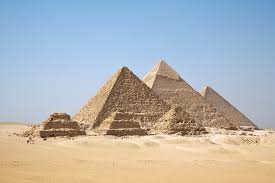
Great Sphinx, Gizeh, Egypt, c. 2520–2494 BCE. Old Kingdom. Sandstone guardian of Khafre’s pyramid.
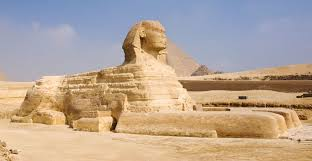
Khafre Enthroned, Gizeh, Egypt, c. 2520–2494 BCE. Old Kingdom. Diorite statue symbolizing eternal kingship.
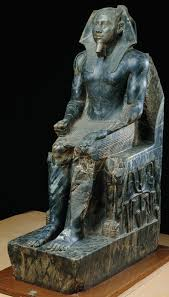
Hatshepsut with Offering Jars, Deir el-Bahri, Egypt, c. 1473–1458 BCE. New Kingdom, 18th Dynasty. Red granite statue of female pharaoh.
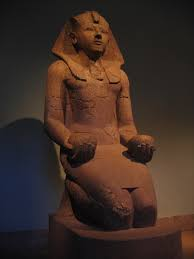
Great Hypostyle Hall, Temple of Amun, Karnak, begun c. 13th century BCE. New Kingdom. Forest of papyrus-form columns.
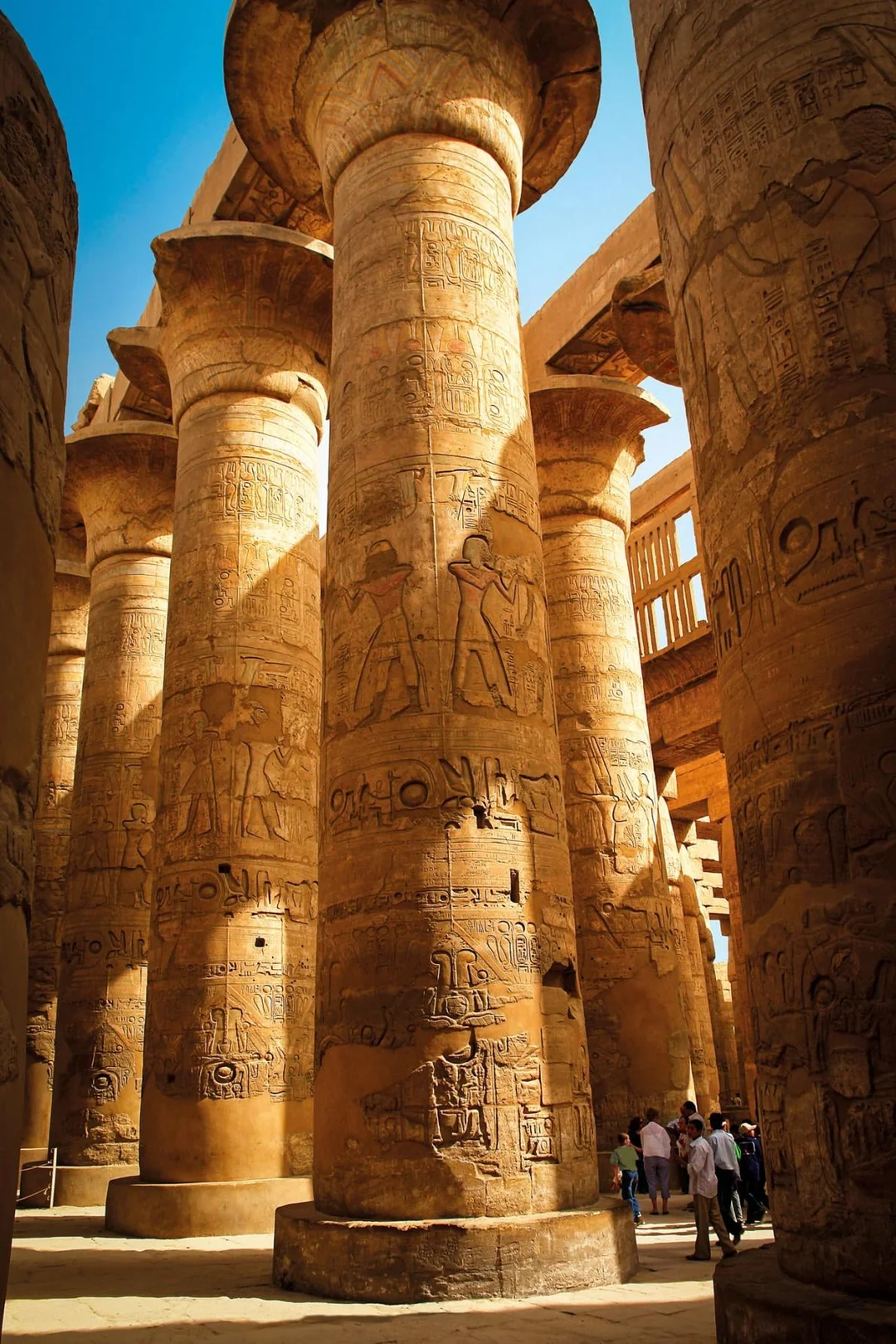
Fowling Scene, Tomb of Nebamun, Thebes, c. 1400–1350 BCE. New Kingdom. Fresco secco leisure and fertility theme.
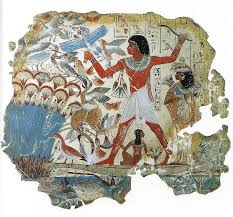
Akhenaton, Nefertiti, and Three Daughters, Amarna, Egypt, c. 1353–1335 BCE. New Kingdom, Amarna period. Limestone sun-disk family relief
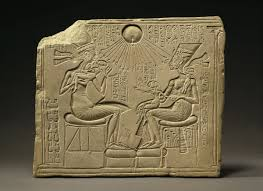
Death Mask of Tutankhamun, Thebes, Egypt, c. 1323 BCE. New Kingdom, 18th Dynasty. Gold and semiprecious stone burial mask.
